A logo is the most essential element of a brand, serving as its face and primary identifier. However, a brand identity goes beyond just the logo—it encompasses the entire personality and visual appearance of a brand. In this article, we explain how to build a comprehensive brand identity, from logo design to full brand strategy.
In summary, brand identity is much more than just a logo—it’s how you present your entire business to the world. By carefully crafting your logo design, choosing the right colours and typography, and creating a comprehensive brand strategy, you can build a brand that truly connects with your target audience.
Building a successful brand identity goes beyond designing a logo. It encompasses a holistic approach that ties together the visual elements and strategic direction of your brand, ensuring consistency and emotional resonance with your audience. In this article, we’ll walk you through the process of creating a comprehensive brand identity, starting with logo design and expanding into broader brand strategy.
Table of Contents
1. What is Brand Identity?
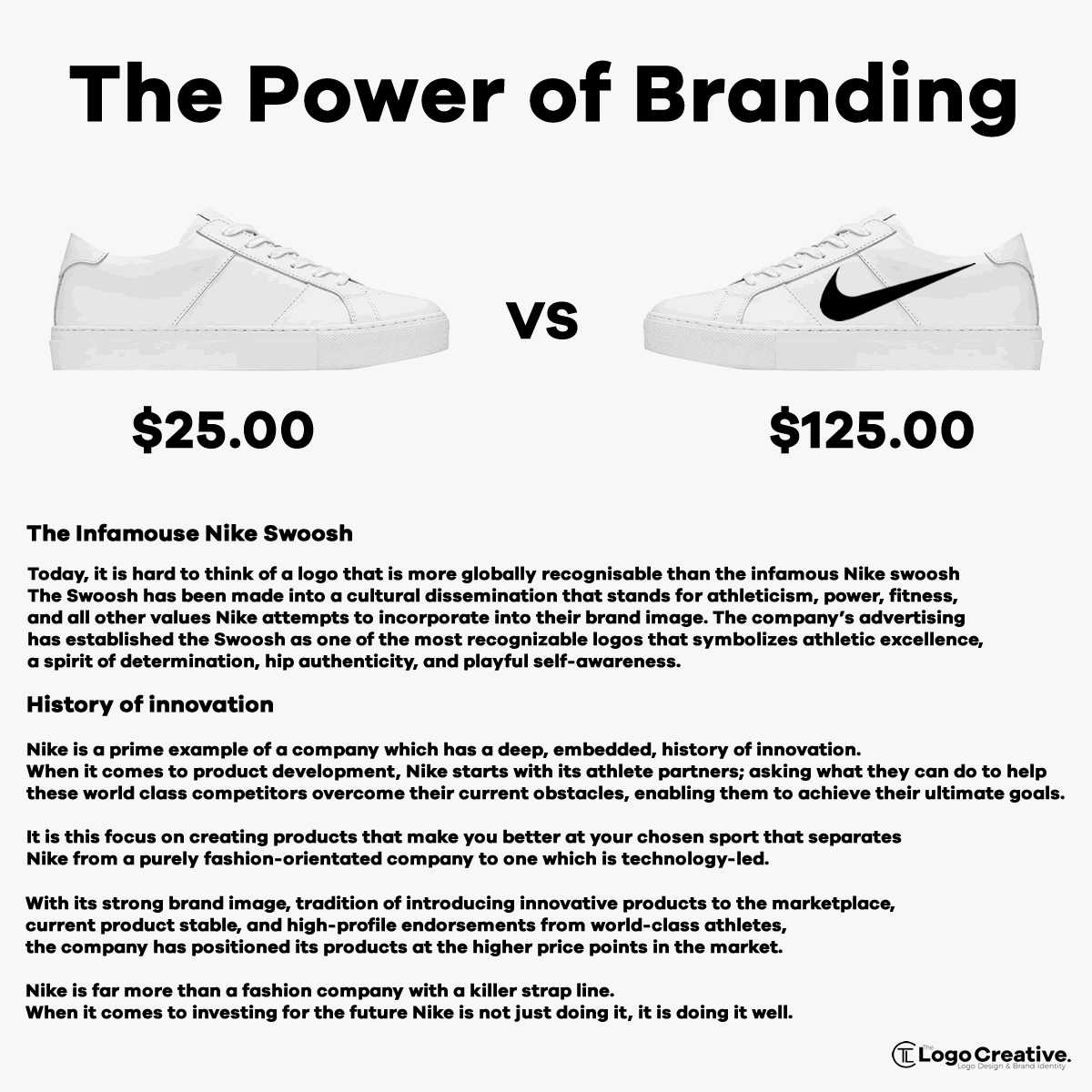
Brand identity refers to the collection of elements that a company uses to portray the right image to its audience. This includes everything from your logo, colours, and fonts to your website, marketing materials, and tone of voice. A strong brand identity is consistent and creates a recognizable image that fosters trust and loyalty with your customers.
Your brand identity serves as the foundation of how customers perceive your business. It’s the visual and emotional expression of your brand’s personality, values, and goals.
2. The Importance of Logo Design in Brand Identity
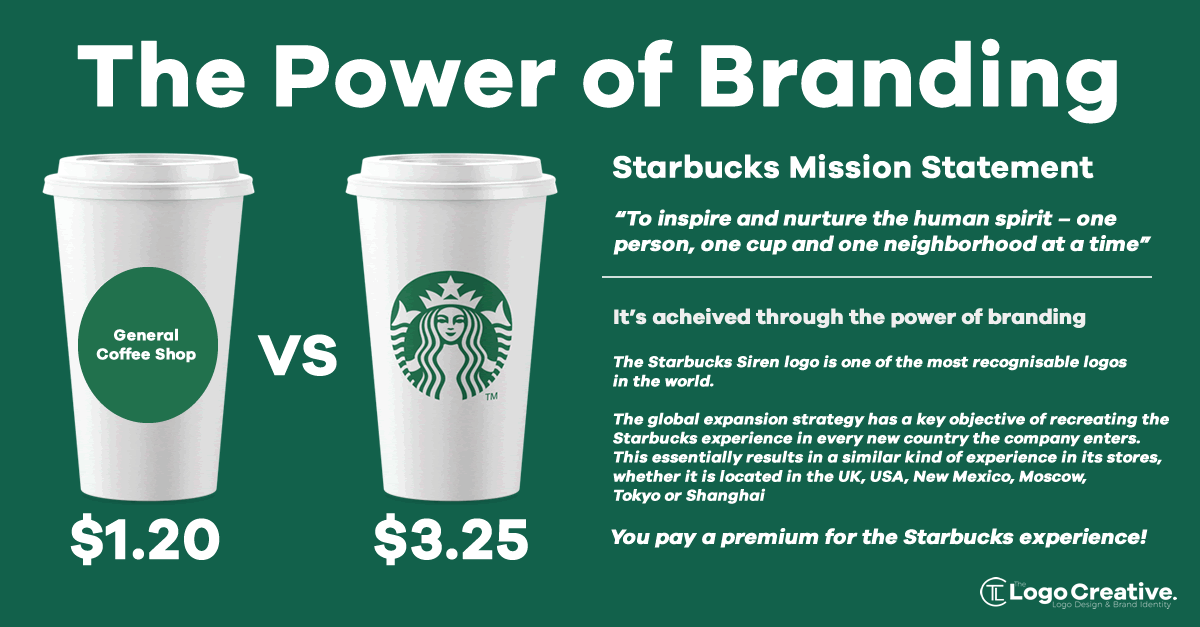
Your logo design is the cornerstone of your brand identity. It’s often the first impression people have of your business and is a visual representation of what your brand stands for. A well-designed logo can instantly convey your business values, industry, and uniqueness. In fact, logos are one of the most powerful tools for building a brand identity, as they appear on nearly every touchpoint, from your website to product packaging and social media profiles.
A successful logo should:
- Be simple and memorable
- Reflect the personality of the brand
- Work across multiple platforms and sizes (scalability)
- Use colour and typography effectively to evoke the right emotions
3. Key Elements of a Brand Identity

To create a strong brand identity, you’ll need more than just a great logo. Here are the essential elements that make up a complete visual and strategic brand identity:
- Logo: The visual symbol that represents your business.
- Colour Palette: The colours you use in your logo and other brand materials to evoke certain feelings or associations. For example, blue often evokes trust and professionalism, while red signifies energy and passion.
- Typography: The fonts you choose to represent your brand’s tone, whether modern and bold or classic and elegant.
- Imagery: The style of photography, illustrations, and icons that complement your brand’s message.
- Brand Voice: How you communicate with your audience, whether formal, casual, friendly, or authoritative.
- Brand Values: The core principles that drive your business and connect with your audience on an emotional level.
4. Steps to Build a Strong Brand Identity
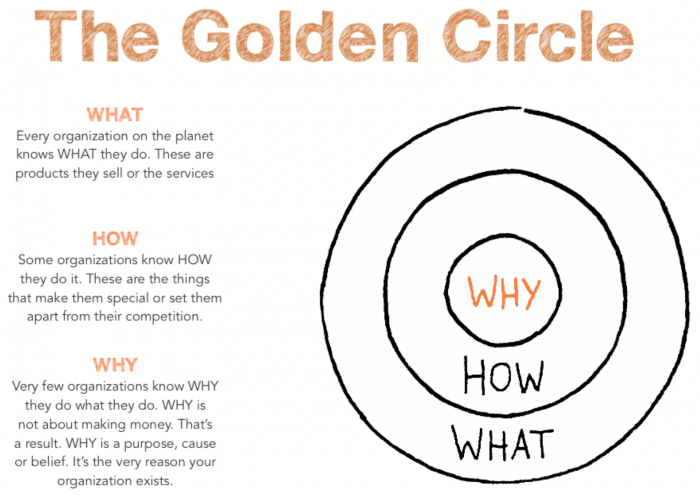
1. Define Your Brand’s Purpose and Audience
Before you start designing, it’s important to know the “why” behind your business. Why does your brand exist? What makes it different from competitors? Clearly defining your purpose and your target audience will help you create a brand identity that resonates with the right people.
2. Research Your Competitors
Competitive analysis is a crucial step in building your brand identity. By researching your competitors, you’ll discover what works in your industry and what doesn’t. However, the key is to differentiate your brand. Avoid mimicking the visual identity of competitors and focus on standing out with unique elements that reflect your brand’s personality.
3. Design Your Logo
As we’ve mentioned, logo design plays a major role in brand identity. When designing your logo, think about how it aligns with your brand’s values and target audience. Consider different logo types: wordmarks, symbols, or a combination of both.
For example, the Nike swoosh is a symbol that speaks to speed, movement, and power, while the Coca-Cola wordmark uses classic typography to convey tradition and familiarity.
4. Choose Your Brand Colours and Fonts
The right colour palette and typography are essential for creating a cohesive brand identity. Colours have psychological impacts, so choose ones that align with your brand’s personality. A strong colour scheme should consist of primary and secondary colours that can be applied across all brand materials.
Typography is just as important. Sans-serif fonts tend to appear modern and clean, while serif fonts often feel more traditional and elegant. Choosing the right typeface helps set the tone for how people perceive your brand.
5. Develop Brand Guidelines
Once you’ve settled on the elements that make up your brand identity, the next step is to develop a brand style guide. This is a document that outlines how your brand should be represented across different channels. It ensures that your logo, colours, fonts, and voice are consistent in all forms of communication. Consistency builds trust and recognition, key elements of a strong brand identity.
5. Creating a Brand Strategy That Complements Your Visual Identity
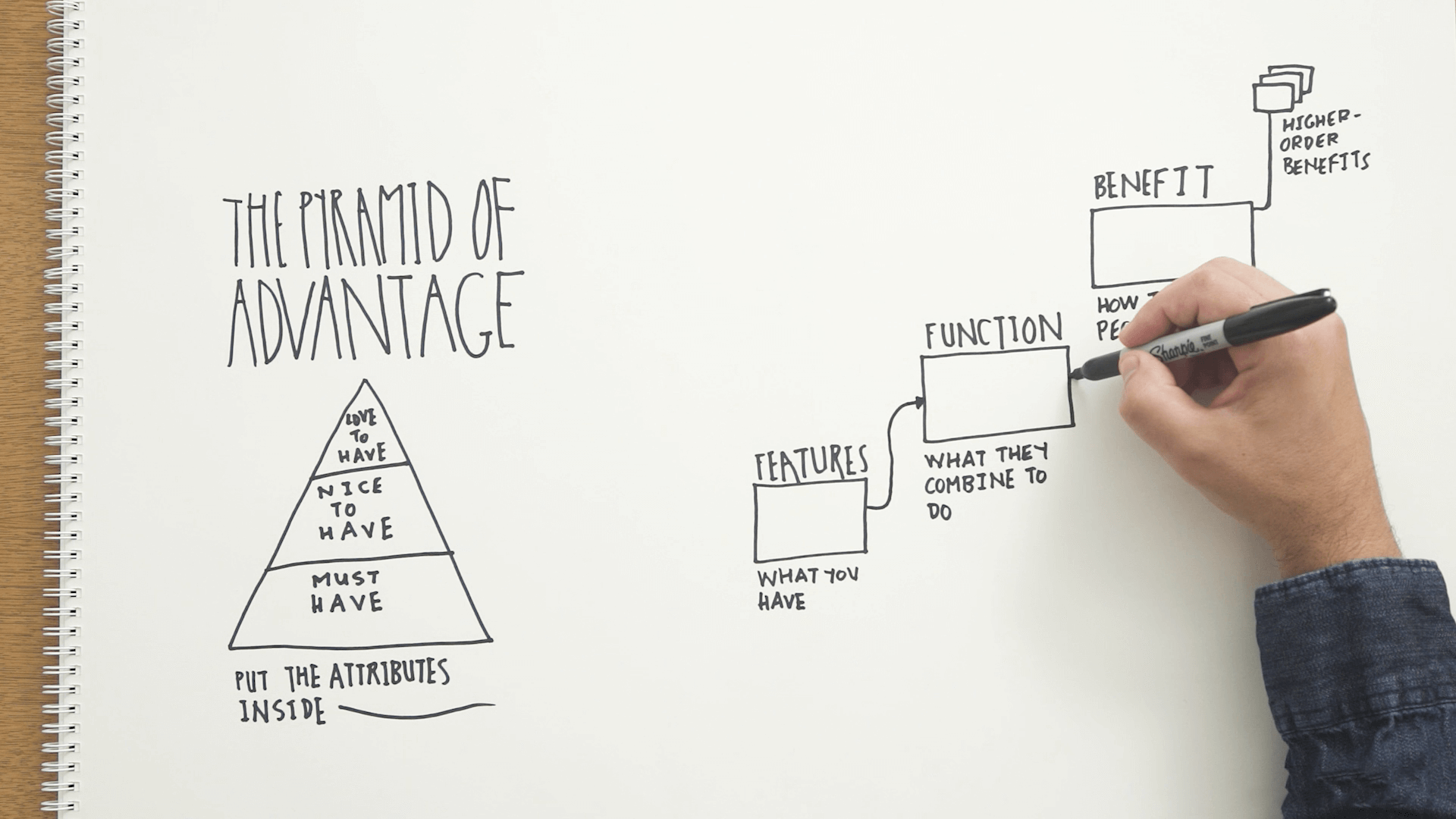
Having a brand identity is not enough; it needs to be backed by a solid brand strategy. Your brand strategy is the blueprint that guides your business in delivering the right message to your audience. It involves long-term planning, defining your brand’s positioning in the market, and ensuring that all branding efforts align with the company’s goals.
1. Brand Positioning
Brand positioning is the process of making your brand stand out from the competition. What unique value do you provide to your customers? A well-positioned brand identity should clearly communicate your unique selling proposition (USP).
For example, Apple’s brand positioning focuses on innovation, simplicity, and premium design. Everything from their logo to their advertising reinforces this message.
2. Consistency Across Platforms
To successfully build your brand identity, it’s critical that you maintain consistency across all customer touchpoints. Whether it’s social media, your website, or packaging, the elements of your brand identity—logo, colours, voice—should all work together seamlessly.
Consistency also extends to customer experience. How you engage with your audience, both online and offline, contributes to your brand’s reputation.
3. Adapt Your Strategy Over Time
While consistency is important, your brand identity and strategy should also be flexible enough to evolve as your business grows or market trends change. Brand evolution doesn’t necessarily mean rebranding; sometimes, subtle tweaks can keep your brand relevant without losing its core identity.
6. Case Studies: Successful Brand Identities
Let’s look at some examples of brands that have successfully built strong identities:

- Airbnb: The redesign of Airbnb’s logo and visual identity focused on the concept of belonging. The “Bélo” symbol reflects their mission of creating a world where people can belong anywhere.
- Spotify: Spotify’s brand identity revolves around its vibrant use of colour and bold typography. The simple, recognizable logo and distinctive green colour create a strong brand presence across digital platforms.
- Coca-Cola: Coca-Cola’s brand identity is one of the most recognizable in the world. Their consistent use of red and the Spencerian script typeface has helped maintain brand loyalty for over a century.
Conclusion: Bringing it All Together
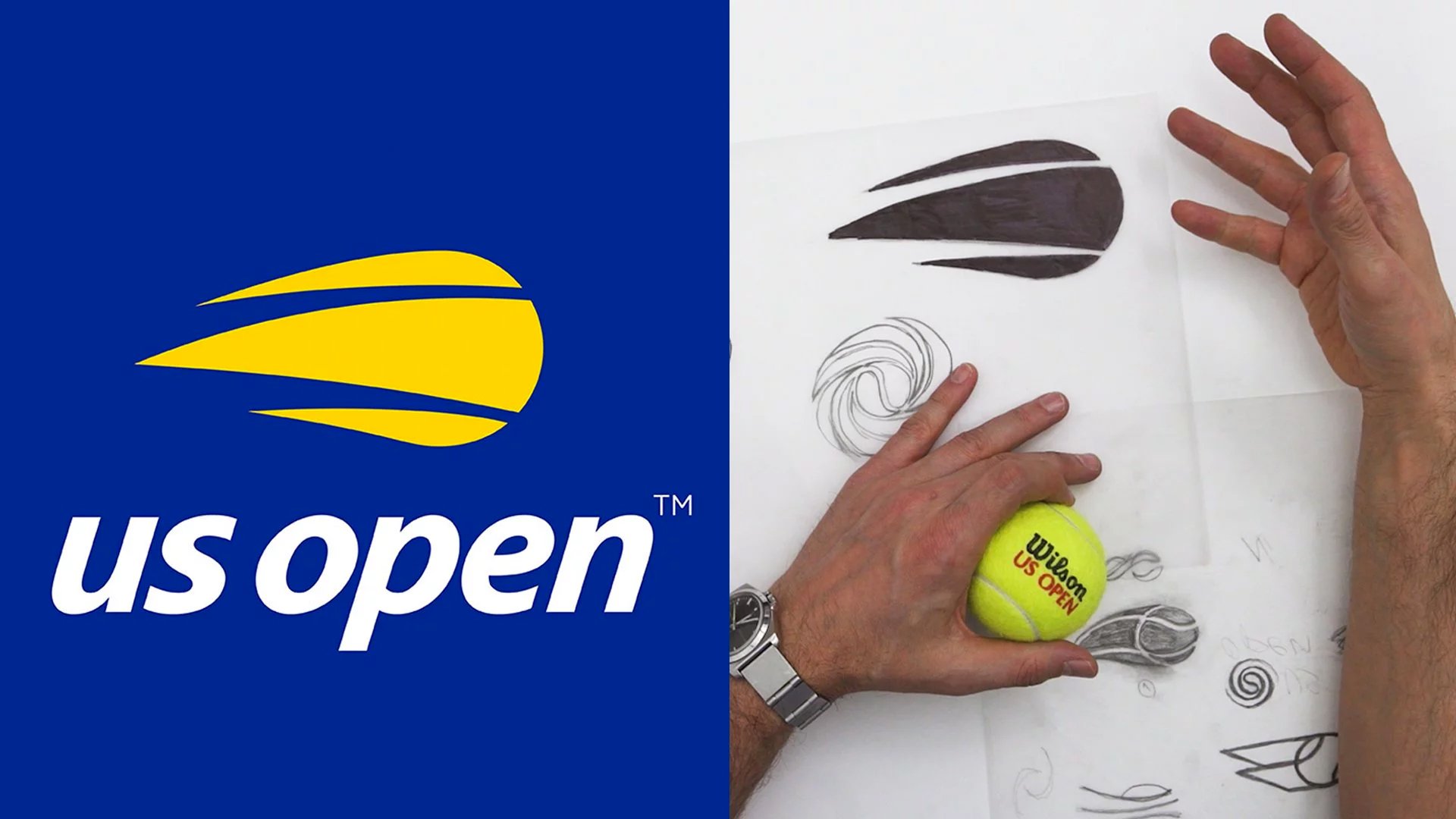
Building a brand identity requires thoughtful planning and execution. From crafting a memorable logo to developing a cohesive brand strategy, every aspect must work together to create a unified brand presence. Consistency across all platforms, paired with a strong brand strategy, helps ensure that your brand is easily recognizable and resonates with your audience.
By following the steps outlined in this guide—defining your purpose, researching competitors, designing your logo, and developing a consistent strategy—you’ll be on your way to creating a powerful brand identity that stands the test of time.
Join The Logo Community
We hope this has helped you understand more about How to Build a Brand Identity: From Logo Design to Brand Strategy. If you would like more personal tips, advice, insights, and access to our community threads and other goodies, join us in our community.
You can comment directly on posts, access our community threads, have a discussion and ask questions with our founder Andrew.
If you’re looking to learn more about brand strategy, we highly recommend eRESONAID with our friend and acclaimed brand strategist and author Fabian Geyrhalter, it’s packed full of knowledge and insights you will need to learn to become a brand strategist or apply what you learn within your own business.

Further Reading:
- 10 Examples of Powerful Global Branding
- Learning from the World’s Most Famous Logos
- Best Global Rebrands and Logo Redesigns of Major Brands
- The Psychology of Shapes in Logo Design
- Unlocking the Magic of Logo Design: A Guide to Creating Memorable Logos
- Branding Beyond Borders: Elevating Your Global Presence through Impactful Logo Design
- Logo Design Trends to Watch Out for in 2023: Stay Ahead of the Curve!
- Most Expensive Logos In The World
- Every Good Logo Tells a Story! 40 Famous Brand Logos & Their Hidden Secrets
- Famous Logo Designers and Their Distinctive Style
- Using the Golden Ratio in Logo Design
- 20 Famous Brand Logos Constructed in Grid Systems
- 14 design principles of good logo design
- 10 Common Logo Design Mistakes to Avoid for Stronger Branding
- Are Logos Better Simpler?
FAQ
What is a brand identity?
Brand identity is the visual and emotional representation of a brand, including its logo, colours, fonts, and messaging that makes it recognizable.
How does a logo contribute to brand identity?
A logo is the visual identifier of a brand and helps create a first impression. It is central to brand identity and aids in recognition and trust.
How does a logo contribute to brand identity?
A logo is the visual identifier of a brand and helps create a first impression. It is central to brand identity and aids in recognition and trust.
What are the steps to building a strong brand identity?
To build a brand identity, start by defining your brand’s purpose, design a memorable logo, choose consistent colours and fonts, and create a cohesive brand strategy.
Why is consistency important in brand identity?
Consistency in brand identity, from logo design to brand strategy, helps build trust and makes your brand easily recognizable across different platforms.
How does a brand strategy complement a visual identity?
A brand strategy ensures that the visual identity aligns with your business goals, target audience, and values, creating a unified and impactful brand presence.

